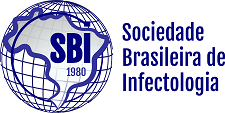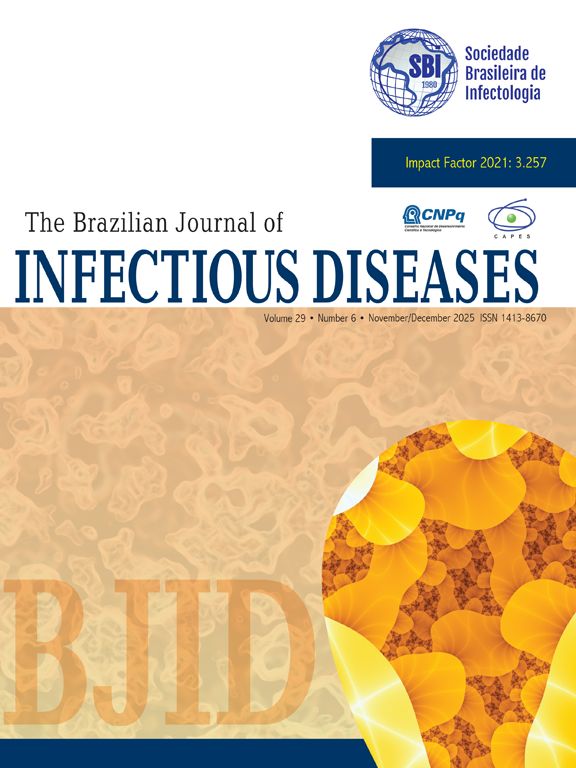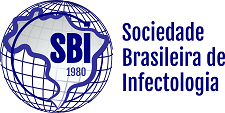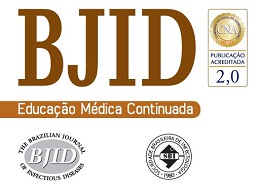The national blood transfusion policies have been changed significantly in recent years in Turkey. The purpose of this study was to determine the prevalence of HBV, HCV, and HIV in blood donors at the Red Crescent Center in Istanbul and to evaluate the effect of changes in the national blood transfusion policies on the prevalence of these infections. The screening results of 72695 blood donations at the Red Crescent Center in Istanbul between January and December 2007 were evaluated retrospectively. HBsAg, anti-HCV, and anti-HIV-1/2 were screened by microparticle enzyme immunoassay (MEIA) method. Samples found to be positive for anti-HIV 1/2 and anti-HCV were confirmed by Inno-Lia HCV Ab III and Inno-Lia HIV I/II Score, respectively. The seropositivity rates for HBsAg, anti-HCV, and anti-HIV-1/2 were determined as 1.76%, 0.07%, and 0.008%, respectively. Compared to the previously published data from Red Crescent Centers in Turkey, it was found that HBV and HCV seroprevalances decreased and HIV seroprevalance increased in recent years. In conclusion, we believe that the drop in HBV and HCV prevalence rates are likely multifactorial and may have resulted from more diligent donor questioning upon screening, a higher level of public awareness on viral hepatitis as well as the expansion of HBV vaccination coverage in Turkey. Another factor to contribute to the decreased prevalence of HCV stems from the use of more sensitive confirmation testing on all reactive results, thereby eliminating a fair amount of false positive cases. Despite similar transmission routes, the increase in HIV prevalence in contrast to HBV and HCV may be linked to the increase in AIDS cases in Turkey in recent years.
The Impact Factor measures the average number of citations received in a particular year by papers published in the journal during the two preceding years.
© Clarivate Analytics, Journal Citation Reports 2025
SRJ is a prestige metric based on the idea that not all citations are the same. SJR uses a similar algorithm as the Google page rank; it provides a quantitative and qualitative measure of the journal's impact.
See moreSNIP measures contextual citation impact by wighting citations based on the total number of citations in a subject field.
See more



